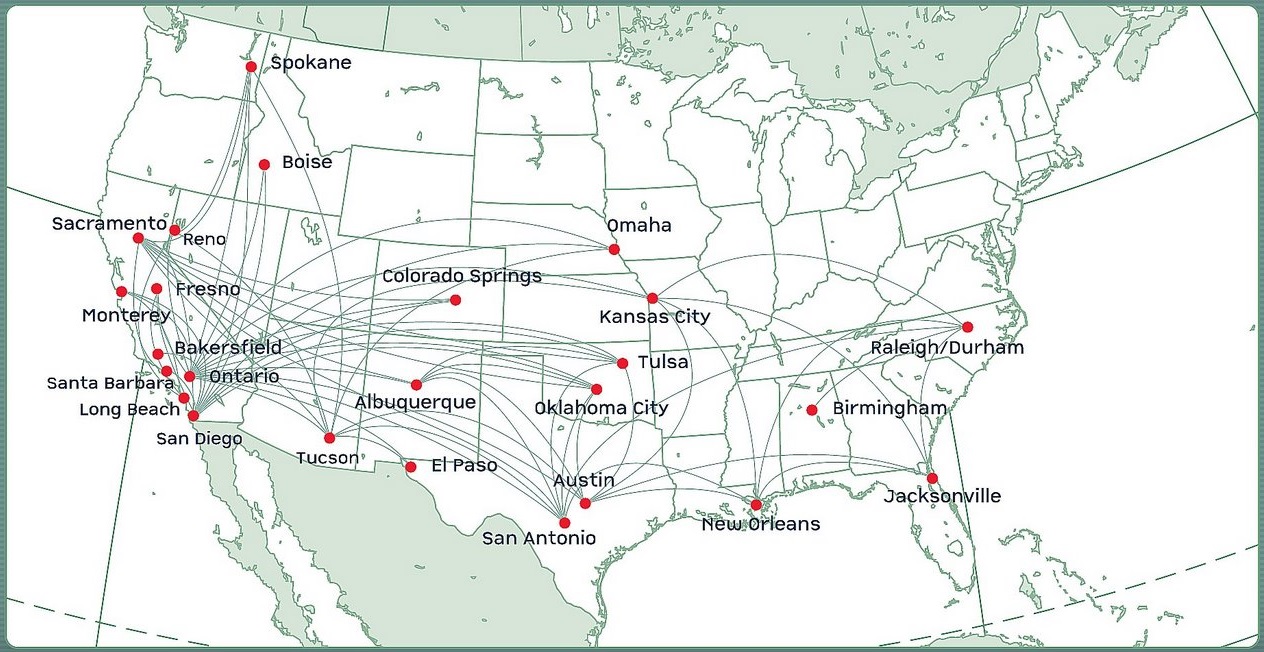There are, and have been, EAS operators who have given crappy service beyond the realities of flying smaller planes into shorter runways and been at the scheduling mercies of their larger partner-carriers. Most of them are out of business, as they should be, and probably replaced by someone who will do a better, but not perfect for everyone, job. The locals are always going to be looking for the best service they can get, which does some times mean pitting today's reality against promises of next year's possibilites. That's just the American capitalist reality.
.
You over-simplify, good sir. For five years, I lived and worked in a mid-American EAS city. The nearest larger airports were 2 1/2, 4+ and 5+hours away by car. Depending on the immediate circumstances, I variously flew out of my home city, and each of the farther options. During most of that time, by EAS carrier I had to fly an hour and a quarter west to connect and fly east, if that was my destination. VERY seldom did it. But if I WAS flying west, that hour and a quarter was better than five plus hours in a car, expensive airport parking, etc. Other factors include flight schedules, the schedule demands of my trips and cost. One size does not fit all!
There is a middle ground, where scheduling, connections, price, time of day and a clear understanding of the market will produce EAS service that fits demand, avoids unrealistic and never-profitable operations, creating a service which can ONLY succeed with some subsidy. It's one of the things we expect of our government. Carriers hope to grow the number of passengers to support service that is truly profitable. But some markets just do not have that much demand, and never will. Plus, by now, EAS regs have pretty much eliminated the ridiculous smallest markets.
Footnote: Alaska is an exception to any and all EAS statements and opinions.



